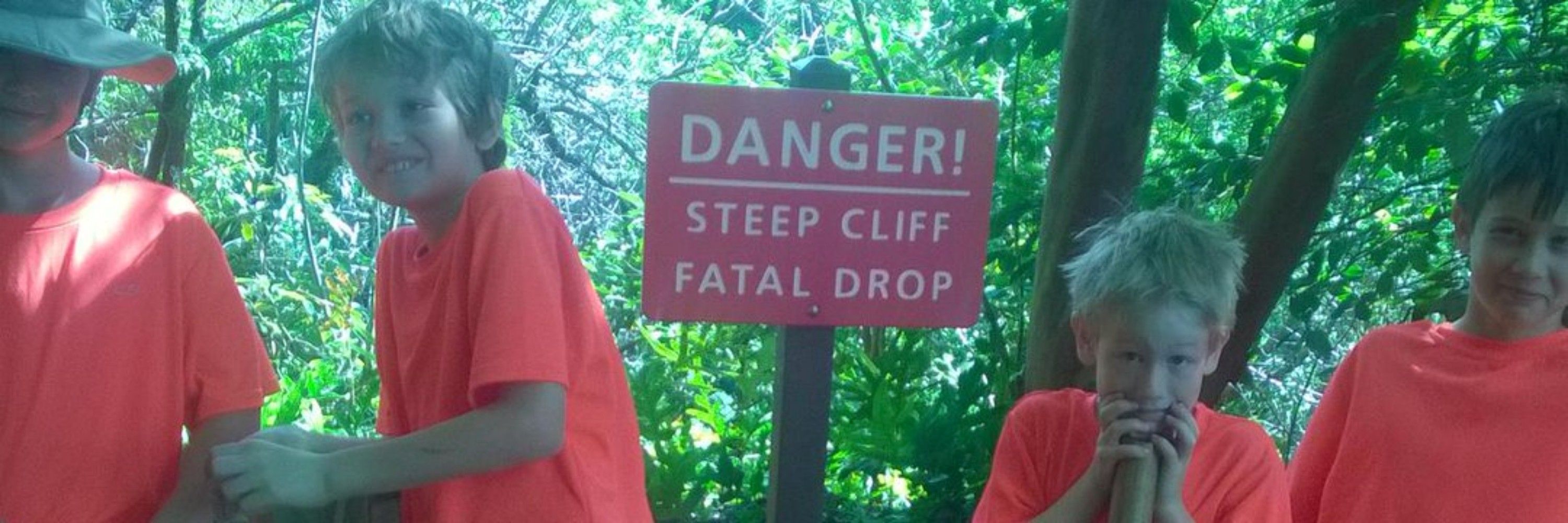Jaime Teevan
@teevan.bsky.social
1.3K followers
100 following
150 posts
Chief Scientist & Technical Fellow at Microsoft. Professor at UW. Mother to four wild boys. #AI #HCI #Productivity #FutureOfWork
Posts
Media
Videos
Starter Packs
Jaime Teevan
@teevan.bsky.social
· Jan 6
Jaime Teevan
@teevan.bsky.social
· Jan 6
Jaime Teevan
@teevan.bsky.social
· Jan 6
Jaime Teevan
@teevan.bsky.social
· Jan 6
Jaime Teevan
@teevan.bsky.social
· Jan 6
Jaime Teevan
@teevan.bsky.social
· Jan 6
Jaime Teevan
@teevan.bsky.social
· Jan 6
Jaime Teevan
@teevan.bsky.social
· Jan 6
Jaime Teevan
@teevan.bsky.social
· Dec 31
Jaime Teevan
@teevan.bsky.social
· Dec 31
Jaime Teevan
@teevan.bsky.social
· Dec 31
Jaime Teevan
@teevan.bsky.social
· Dec 31
Jaime Teevan
@teevan.bsky.social
· Dec 31
Jaime Teevan
@teevan.bsky.social
· Dec 31
Jaime Teevan
@teevan.bsky.social
· Dec 31
Jaime Teevan
@teevan.bsky.social
· Dec 31
Jaime Teevan
@teevan.bsky.social
· Dec 31
Jaime Teevan
@teevan.bsky.social
· Dec 31
Jaime Teevan
@teevan.bsky.social
· Dec 31
Jaime Teevan
@teevan.bsky.social
· Dec 31
Jaime Teevan
@teevan.bsky.social
· Dec 31


